
Farming, heritage, and communities: How communities within heritage sites have been since COVID-19
The Philippines is known for its vast lands and rich natural resources. Farming is one of the practices that trace back even to the nation’s history, making it a significant aspect of our culture. The number of Filipinos extending their support to local farmers has increased over the years, with the upward slope making a visible mark, especially during the lockdown. Given quarantine restrictions, many citizens showed their solidarity for farmers by holding donation drives and organizing online markets that directly deliver proceeds to farmers and their families. Communities within heritage sites and landscapes such as the farmers in Sagada have received support and were able to distribute and benefit from their produce this year.
In the “Heritage Practice Amidst the Pandemic” webinar series conducted by the International Council on Monuments and Sites Philippines (ICOMOS Philippines) last April 25, 2020, architects, designers, and planners discussed collective ideas and strategies to continue heritage practice and preservation. Two of their main strategies include communities within heritage sites and landscapes, with “Place-Making and Food Security: Thinking of Heritage Conservation and Food Production” as the first episode and “When Communities Engage–Tools for Community Participation in Heritage” as the second. Months after the discussion, BluPrint reached out to ICOMOS Philippines to ask about the implementation of these strategies and what further steps are being taken to help improve the livelihood of communities within heritage sites.
Linking provincial farmers to consumers within the metro
During the first webinar last April, one of the highlights was the discussion of “integrating heritage with essential services and aligning with a priority on national agenda, food security.” In a report, ICOMOS Philippines wrote that prior to the lockdown, the small town of Sagada within the Mountain Province of the northern highlands “was challenged by the mass tourism that threatened their built heritage and natural sites, including several rice terraces and hanging coffins.” It was mentioned that the farming industry diminished because locals were shifting from farming to tour guiding. On top of that, the Sagada farmers were only able to bring their produce to Baguio, the trading posts in Benguet, and nearby towns. To solve these, the local government of Sagada reached out to ICOMOS Philippines Former Trustee Tracey Santiago, who has worked with the LGU and other sectors in their community for the last six years. Santiago was able to link Sagada farmers to Manila consumers, enabling them to establish more connections while selling their produce.
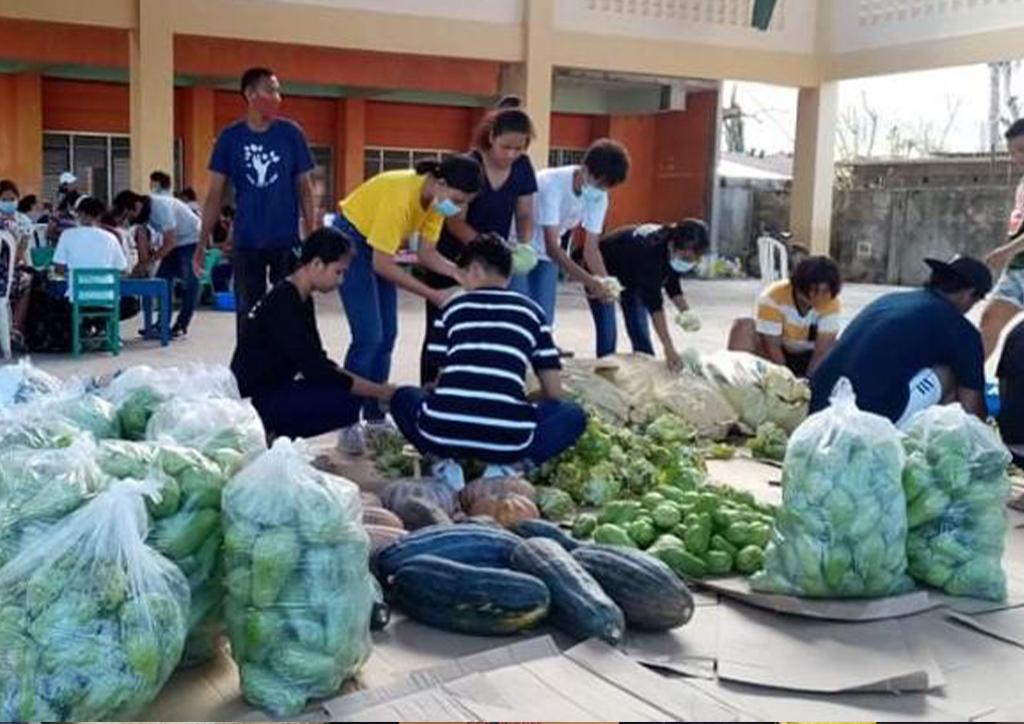
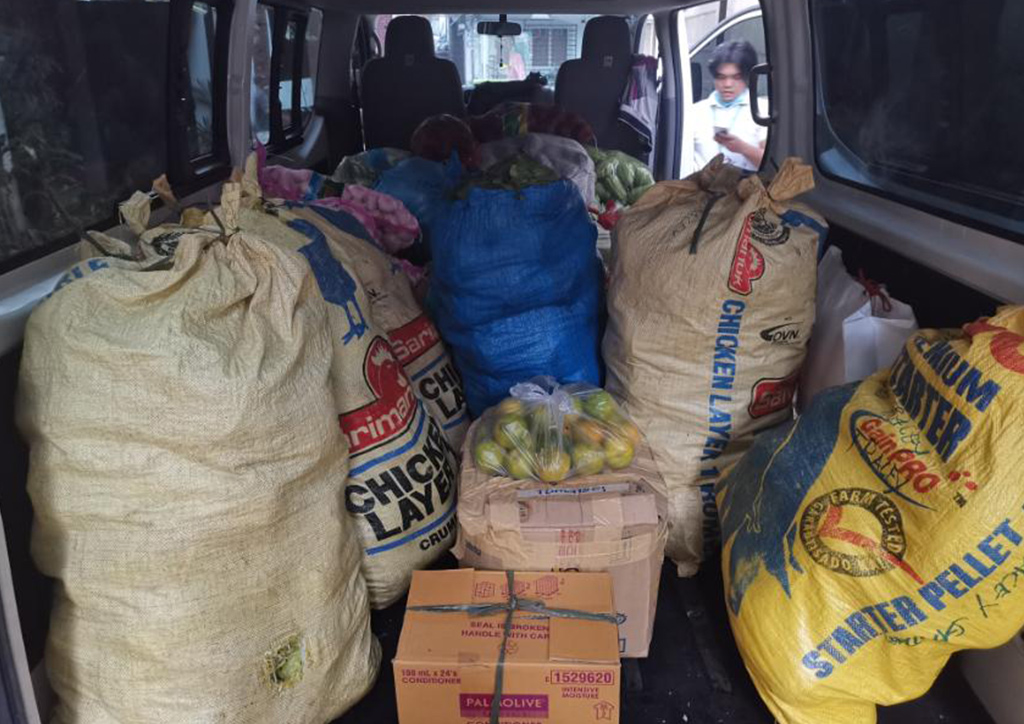
The movement founded by Santiago was called Sustainable Sagada and was made possible through the help of the LGU and the Department of Agriculture. “We offered a higher buying price of 10 to 15 pesos per kilo, which set a standard buying price for other buyers from Manila. The higher price provided the Sagada community more savings for their daily expenses and provided financial capital for further farming activities,” Santiago stated. She also shared how the Sagada farmers were able to assist other communities, packing extra sacks of their harvest to provide for families in Albay that were affected by Typhoon Rolly. “This is called Binnadang in Sagada, which is synonymous with the Filipino term Bayanihan, referring to the spirit of communal unity, work, and cooperation.”
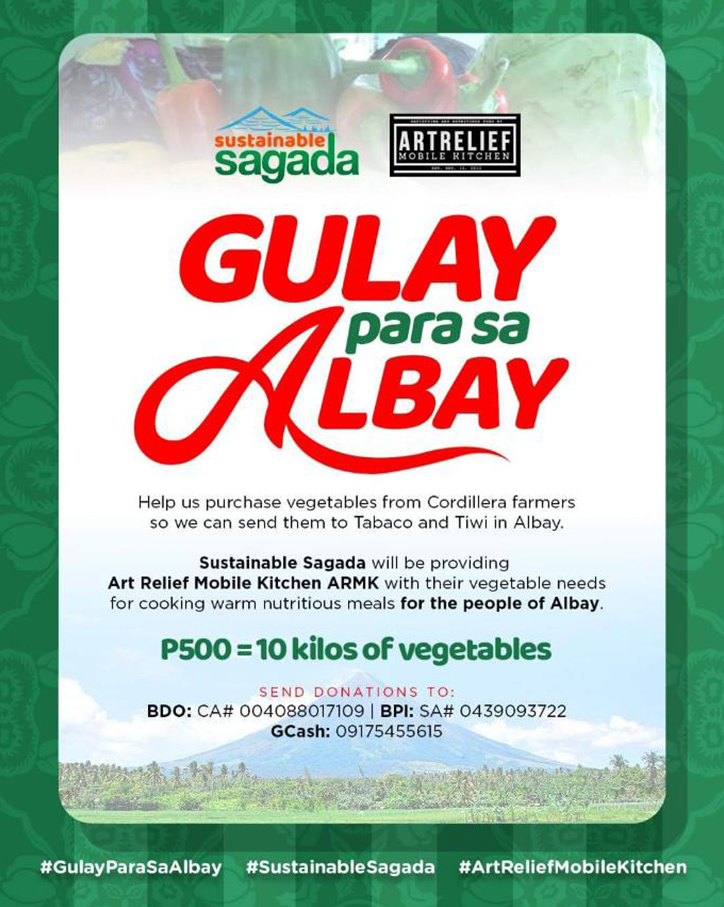
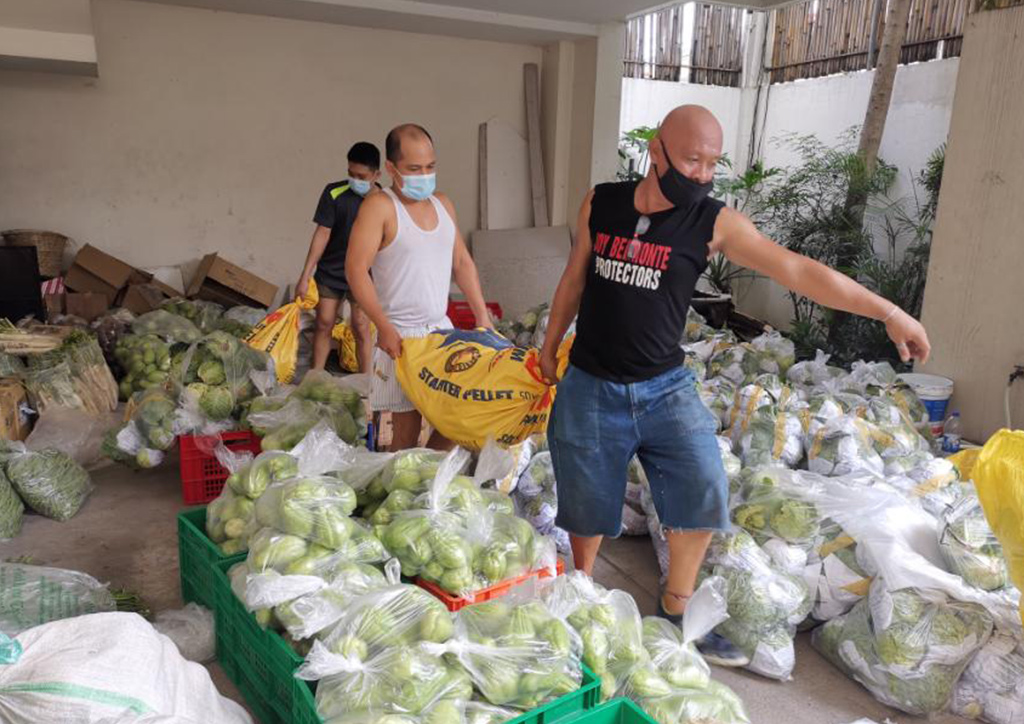
The Ifugao Rice Terraces
Probably one of the most prominent heritage lands in the Philippines, the story of the Ifugao Rice Terraces and the communities around it trace back to cultural history. Recent archaeological and ethnographic information suggest that indigenous peoples constructed the terraces as a response to Spanish conquest about 400 years ago. The beauty of these terraces even led to a few occasionally calling it “the eighth wonder of the world.” ICOMOS Philippines released a statement in their report, saying that working on these terraces continued amidst COVID-19. “For a decade, Stephen Acabado, an anthropological archaeologist has worked largely from UCLA, California on the WHS of the Ifugao Rice Terraces, through a local partner, Save the Ifugao Terraces Movement (SITMo). Although site visits are no longer possible, this work continues almost seamlessly despite COVID-19 because of this long-standing partnership.”
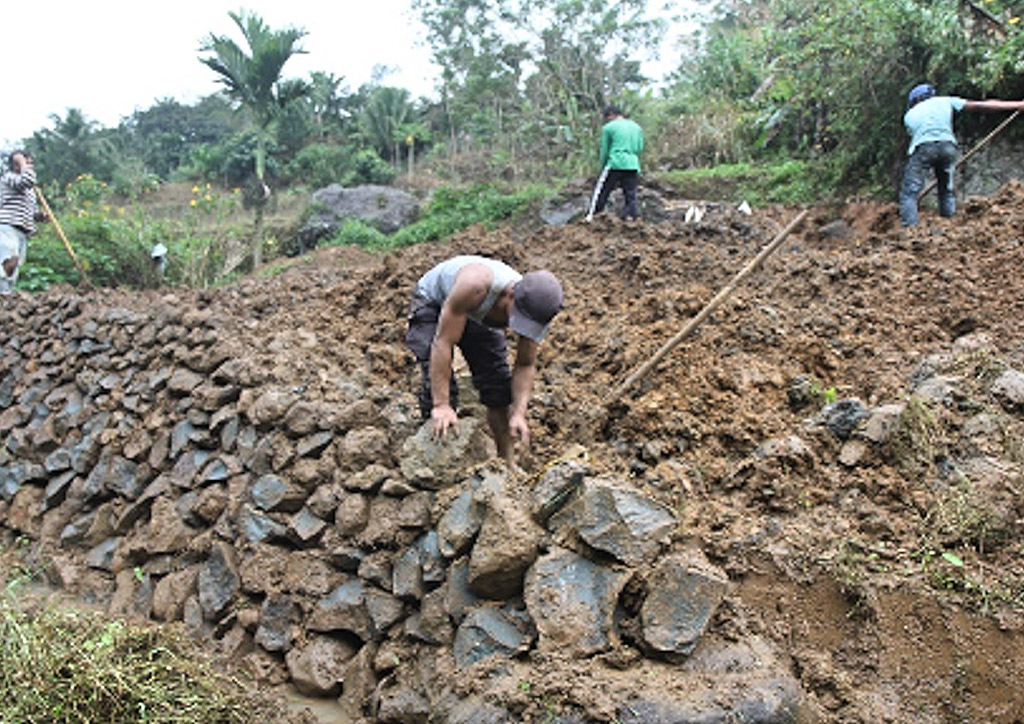
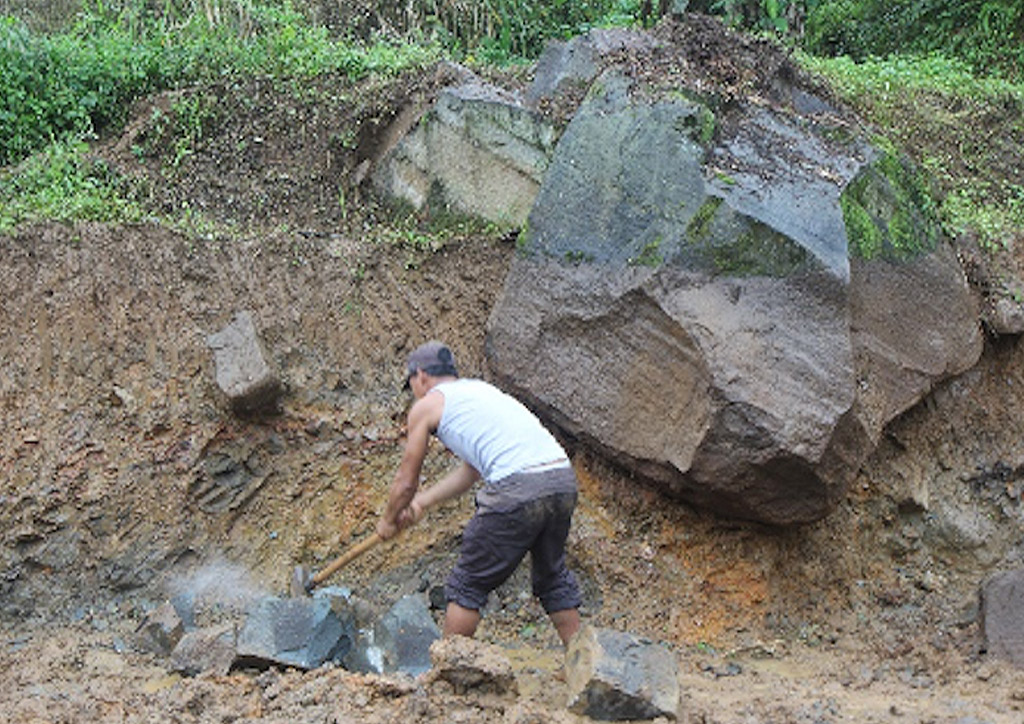
Abacado, an expert member of the ICOMOS International Committee on Archeological Heritage Management, shed light on the current situation of the rice fields and the communities near them. He said that the large scale maintenance of the terraces rests on its private owners. “Although top-down, government-funded conservation projects provide the needed resources, the cooperative nature of rice farming and terrace maintenance are key to the long-term conservation of this world-heritage landscape.” He underscored that the ability of the Ifugao farmers to maintain the cultural and economic context of the terraces have enabled them to access tinawon, the sought after Ifugao rice. The farmers and their families are able to continuously enjoy this for consumption and community feasts and rituals.
Communities within the walls
Now with increased visibility because of its booming tourism, Intramuros has been awarded as the “World’s Leading Tourist Attraction” at the 27th World Travel Awards. However, despite it becoming more recognized, the large need to assist the families and communities residing in the Walled City remains. Intramuros residents have made a living within the area, with most of them becoming pedicab drivers, food vendors, and others. The ICOMOS Philippines report read that “before COVID-19, the Intramuros Administration had planned for the resettlement of the informal community.” Guiller Asido, ICOMOS Philippines member and the current Intramuros Administrator, then shared that they have partnered with UPROOT, a non-government organization that “helps communities create urban farms under various methods suitable to urban areas.”
READ MORE: Intramuros hailed as ‘World’s Leading Tourist Attraction’ at the 27th World Travel Awards!
Asido said that the collaboration is currently developing a greenhouse where vegetables are to be grown for the communities within the walls, especially those who were gravely affected by the pandemic. “Another urban farming project is being proposed by a proponent for the Intramuros Administration and its community. If the proposal succeeds, there will be two urban farms to be maintained inside Intramuros for the benefit of the communities,” he concluded.


